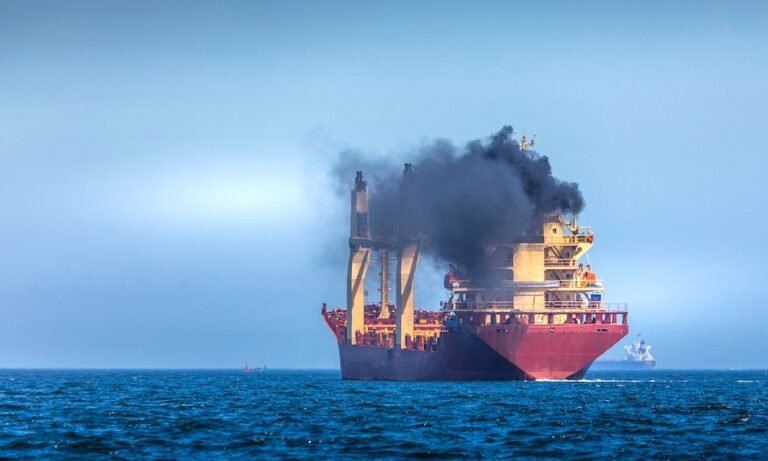Pierre Aury Discusses Nuclear Shipping: Is Nuclear Propulsion the Future of Maritime Transport?
Pierre Aury discusses all things nuclear shipping.
The history of maritime transport dates back to wind-powered boats over 5,000 years ago. While wind propulsion had its golden age in the mid-19th century, the last commercial sailing ship, the Pamir, sank in 1957. With advancements in technology, the focus shifted towards more efficient and powerful propulsion methods.
Today, the maritime industry faces a critical challenge in transitioning towards sustainable and carbon-free alternatives. While wind power remains a nostalgic option, it is not a viable solution for the modern merchant fleet. The quest for carbon-free or carbon-neutral fuels has led to the exploration of nuclear propulsion as a promising alternative.
Nuclear propulsion, specifically nuclear fission, offers a clean and efficient source of energy for ships. Currently, there are around 160 ships powered by 200 nuclear reactors worldwide, primarily used in navy vessels like aircraft carriers and submarines. However, the technology used in these reactors, known as PWR (pressurised water reactor), is not suitable for commercial vessels.
Enter SMRs (small modular reactors), a new generation of nuclear reactors that offer a more compact and versatile solution for maritime applications. With various technologies available, SMRs have the potential to revolutionize the shipping industry by providing a zero-carbon energy source for vessels.
Despite the promise of SMRs, several challenges need to be addressed before widespread adoption in the maritime sector. Regulatory frameworks, economic feasibility, and the management of radioactive waste are key considerations that require careful planning and coordination among industry stakeholders.
While SMRs present a credible zero-carbon option for shipping, the road to implementation is complex and may take several years to materialize. The timeline for the first purpose-built or retrofitted merchant vessel equipped with an SMR is projected to be around 2030, raising concerns about whether this solution is too little, too late in the fight against climate change.
In conclusion, nuclear propulsion holds significant potential to drive the energy transition in the maritime industry. With ongoing research and development, SMRs offer a promising pathway towards sustainable shipping practices. As the world strives to decarbonize and reduce emissions, nuclear shipping could emerge as a key player in shaping the future of maritime transport.
Source: Pierre Aury, Nuclear Shipping Expert

